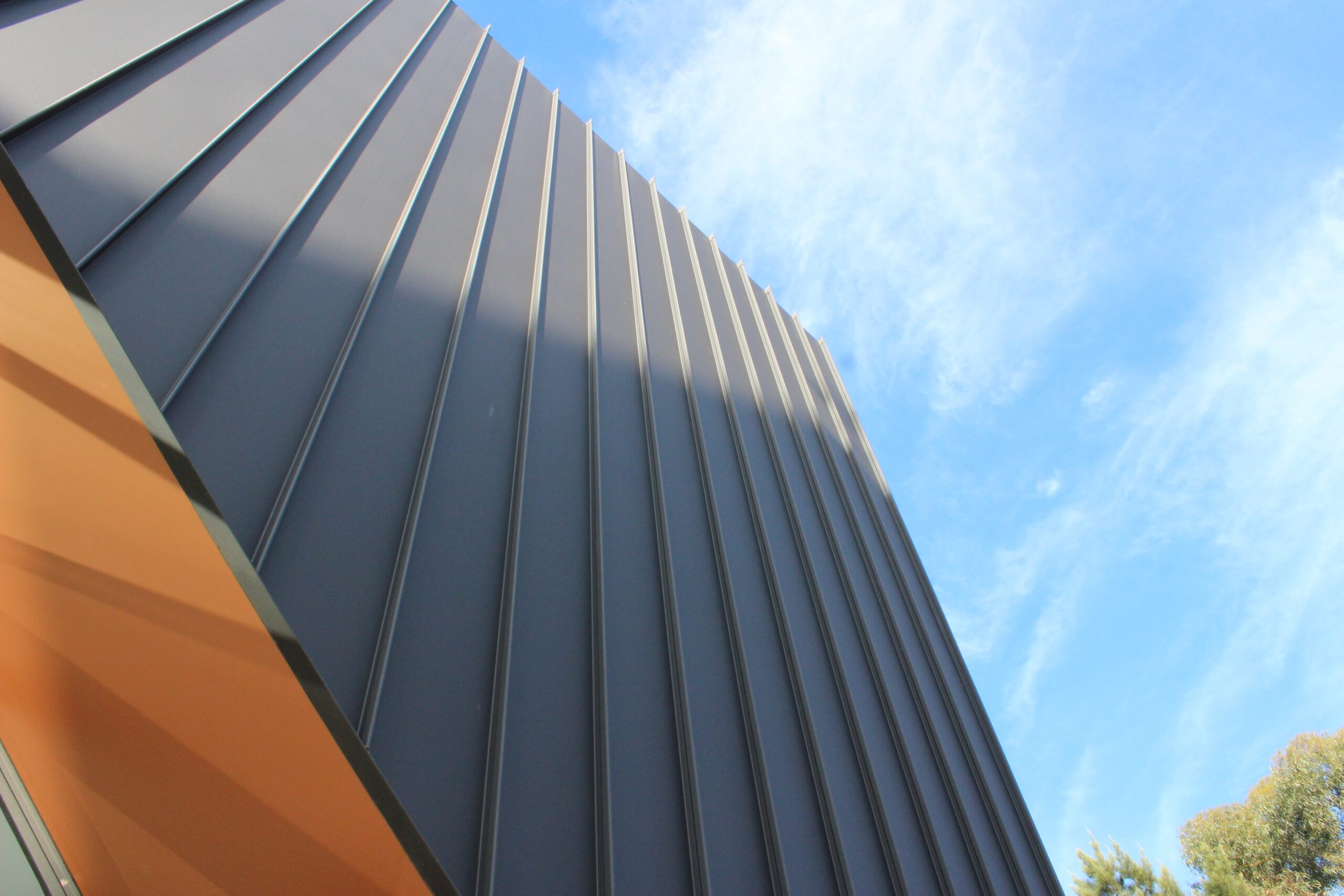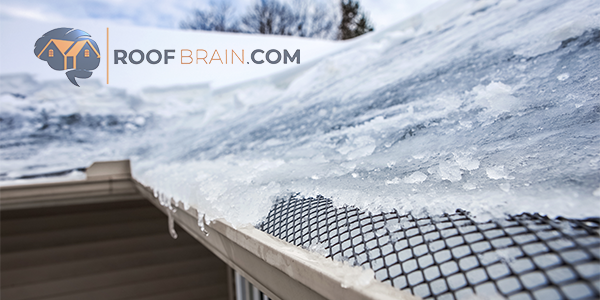
For nearly any climate and any style of house, a standing seam metal roof is a solid choice. In fact, this type of roof may be the best overall roof you can buy. When installed correctly, it has more advantages and fewer disadvantages than any other type of roof. Getting a watertight standing seam metal roof, though, is not as simple as installing an asphalt shingle roof. A crew has to follow the manufacturer’s instructions to the letter. It’s demanding, but the result is an attractive roof that can last for 40 years or more, making it a good value despite a relatively high initial cost.
Here’s what the manufacturers tell roofing contractors.
Pay Attention to the Instructions
Metal-roofing manufacturers have an interest in making sure that their products are installed correctly so that building owners end up satisfied. To that end, they provide instructions for all professionals involved in the process, such as:
- Observe the minimum slope requirements when designing. Different panel types are not tolerant of all slopes, especially extremely low slopes.
- Observe and follow deck tolerances and ensure the deck is absolutely clean and free of debris before starting installation of the underlayment and the panels. This sounds pretty basic but it has to be said.
- Practice responsible panel care prior to installation. Panels may arrive with pre-installed sealant that’s temperature sensitive, so allowing it to get too cold or hot could compromise its effectiveness. Keeping pre-installed sealants clean is also necessary for effective installation.
- Follow the manual! A standing seam roof is a multipart, step-by-step system, so follow the installation manual exactly. Use all tape sealants, tube caulk, and structural plates as specified with no shortcuts.
- Keep the panel width within specs. Panels usually need to grow and shrink somewhat to fit a given roof during the installation process. That said, it’s crucial to keep the finished width within design specs as overly large panels will be tough to seal and seam.
Remember the Differences In Panel Styles
You’ll encounter two main types of standing seam roofing: snap-lock and mechanically seamed. Within those two groups, mechanically seamed comes in symmetrical and asymmetrical. They have pronounced differences in how they’re assembled, so your contractor has to know what he’s doing and follow the instructions for that style of panel.
- Snap-Lock Panels: These panels are formed asymmetrically with a standing female upright portion that literally snaps over a standing male upright portion. It’s all held to the roof decking with pre-bent metal clips that get screwed into the roof decking. Some are screwed directly into the deck through a flange. The crew can often just go up the seam and tap the female portion onto the male portion, making a secure and watertight seal. Sometimes a mallet is necessary, but you don’t want to damage the panel by using too much force.
- Mechanically Seamed Non-symmetrical Hooked Panels: This style of panel also has a male upright and a female upright that fit together. In this case the clip overlaps the male, and the female overlaps the clip and the male. This type requires a seamer tool, which the crew runs along the length of the seam to roll the seam over and lock all those parts together, making a secure and watertight seal.
- Mechanically Seamed Symmetrical T-Style Panels: For this type of panel, the process is similar to the non-symmetrical process, but the panels are symmetrical on both sides. The clip fits between the two panels and also fits into grooves bent into the panels. It’s also secured to the roof decking. Then the crew fits the batten cap over the whole seam, often with a sealant underneath. Then the crew runs the seaming tool over the seam to bend the cap over the panels. This is a very slick system that offers the easiest repairability for a single panel. The crew can remove two caps, replace a single panel, replace the caps and sealant, and call it done.
Dealing with Seaming Machine Challenges On A Standing Seam Metal Roof
For mechanically seamed panels, a seaming tool is necessary. You can see a good introduction to those handy tools in this video.
It’s common to end up renting this expensive tool until you’re doing these jobs nonstop, but either way, it’s important to know how to use a seamer and keep it operating properly.
- First, keep the work zone free of debris and sealant. You want to make sure that the machine runs unimpeded along the length of the seam. Any sealant on the seam you’ll be cleaning off the rollers, so you may as well get busy and clean it from all the seams.
- Ensure a robust power supply for the seamer. Connect a hefty power cord such as a 10 gauge and make sure it has plenty of slack.
- Work the machine in the correct direction. Depending on whether you’re working on symmetrical or asymmetrical panels and the machine you’re using, you’ll need to figure out how to run your machine on that roof.
- Know which machine you’re using. Seamers aren’t universal, so learn about the machine you’ve got on hand, such as the placement of all switches and levers, before starting to operate it. Also, does it require daily maintenance or inspection of any kind? Better to take a few minutes before starting work than to skip a step and break it, only to lose a work day.
- Know your machine’s pre-crimping requirements. You may need to stop the machine a few inches from the either end of each panel for pre-crimping. Not all machines have the same requirements, either, so you have to know what you’re working with.
- Align the machine properly on every seam, and make sure to check the rollers before each run. Then lock it into place and set it on its way. Remember to keep checking the seam as the machine runs.
- Run into problems? Stop immediately and call the seamer company, your rep, or whomever can help you get it back on track. Don’t risk your panels!
A Standing Seam Metal Roof Is Worth the Effort
Sure, that’s a different animal from asphalt and tile roofs. But there’s also a lot of craftsmanship potential for contractors who take pride in their work. When you know your business, a standing seam metal roof metal roof is worth the cost and the effort.

